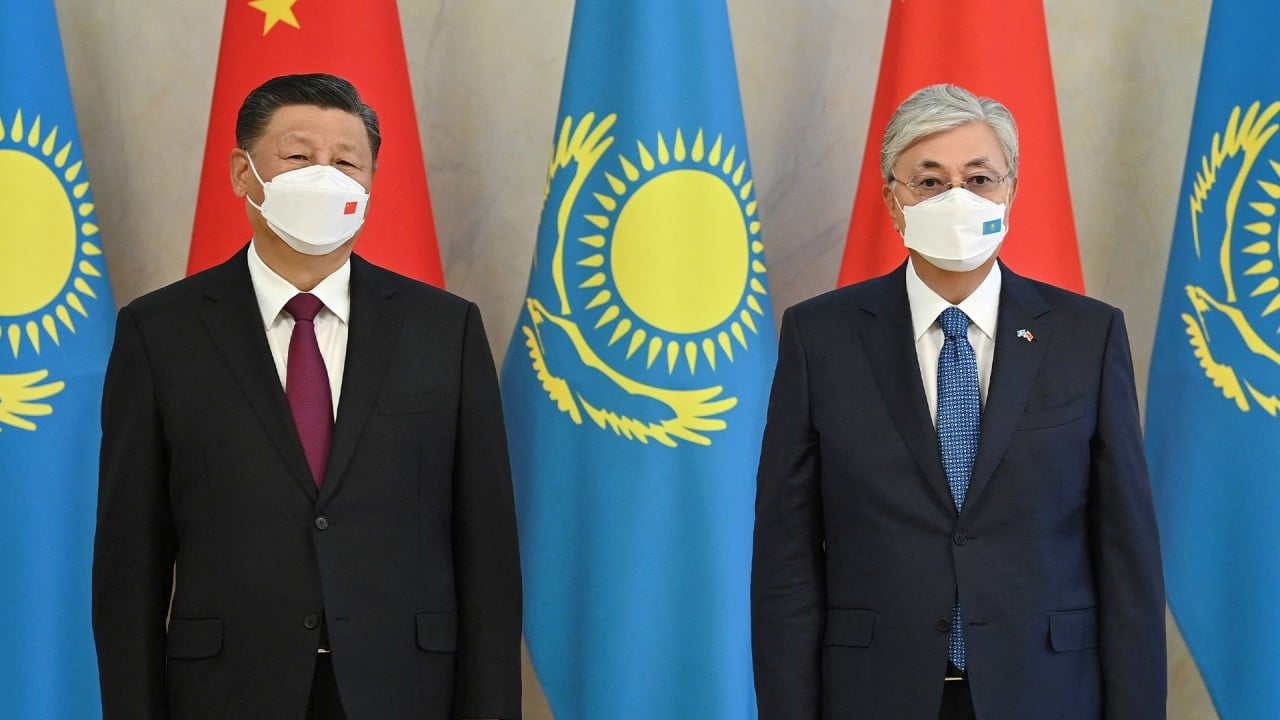
China’s Xi Jinping to chair C+C5 summit with Central Asian heads of state from May 18
- Two-day event in Xian to be attended by the leaders of Kazakhstan, Tajikistan, Uzbekistan, Kyrgyzstan and Turkmenistan, Chinese foreign ministry says
- Highly anticipated gathering is part of Beijing’s push to boost strategic cooperation on issues including the belt and road and the war in Ukraine
Xi’s counterparts from the five Central Asian states – Kazakhstan, Tajikistan, Uzbekistan, Kyrgyzstan and Turkmenistan – would attend the summit in the northwestern Chinese city of Xian, the ministry said.

But they have been wary of supporting Moscow’s aggression in Ukraine – also a former Soviet republic – and have either abstained or not voted on United Nations General Assembly resolutions related to the conflict.
Western sanctions on Russia and global geopolitical headwinds have also created an economic vacuum in the region that Beijing is working to fill through its belt and road plan.
At the April foreign ministers’ meeting, Qin had also pledged to deepen economic ties with Central Asia and make it “the pure land of win-win cooperation” instead of “a war zone of geopolitical contest”.
Central Asia has long been a pivotal trading corridor for China, dating back to the original Silk Road during the Han dynasty some 2,200 years ago.
Xian, the venue for both the foreign ministers’ meeting and the upcoming C+C5 summit, was the starting point of that ancient Silk Road, a network of Eurasian trade routes that started in the second century BC.
Central Asia has gained increasing significance because of its rich natural resource deposits and proximity to China’s far western province of Xinjiang. The mainly Muslim minority region was also a key part of the ancient Silk Road and traditionally enjoyed close ties with Central Asia.
Xinjiang Communist Party boss ventures to Kazakhstan on trade mission
In 2022, trade between China and the Central Asian countries reached US$70.2 billion, a record high. China’s foreign direct investment in the five countries was nearly US$15 billion at the end of 2022, according to the Ministry of Commerce.
Since its launch nearly 10 years ago, China’s belt and road strategy has brought major infrastructure projects such as railways, highways, power stations, and natural gas pipelines to the largely underdeveloped region.


